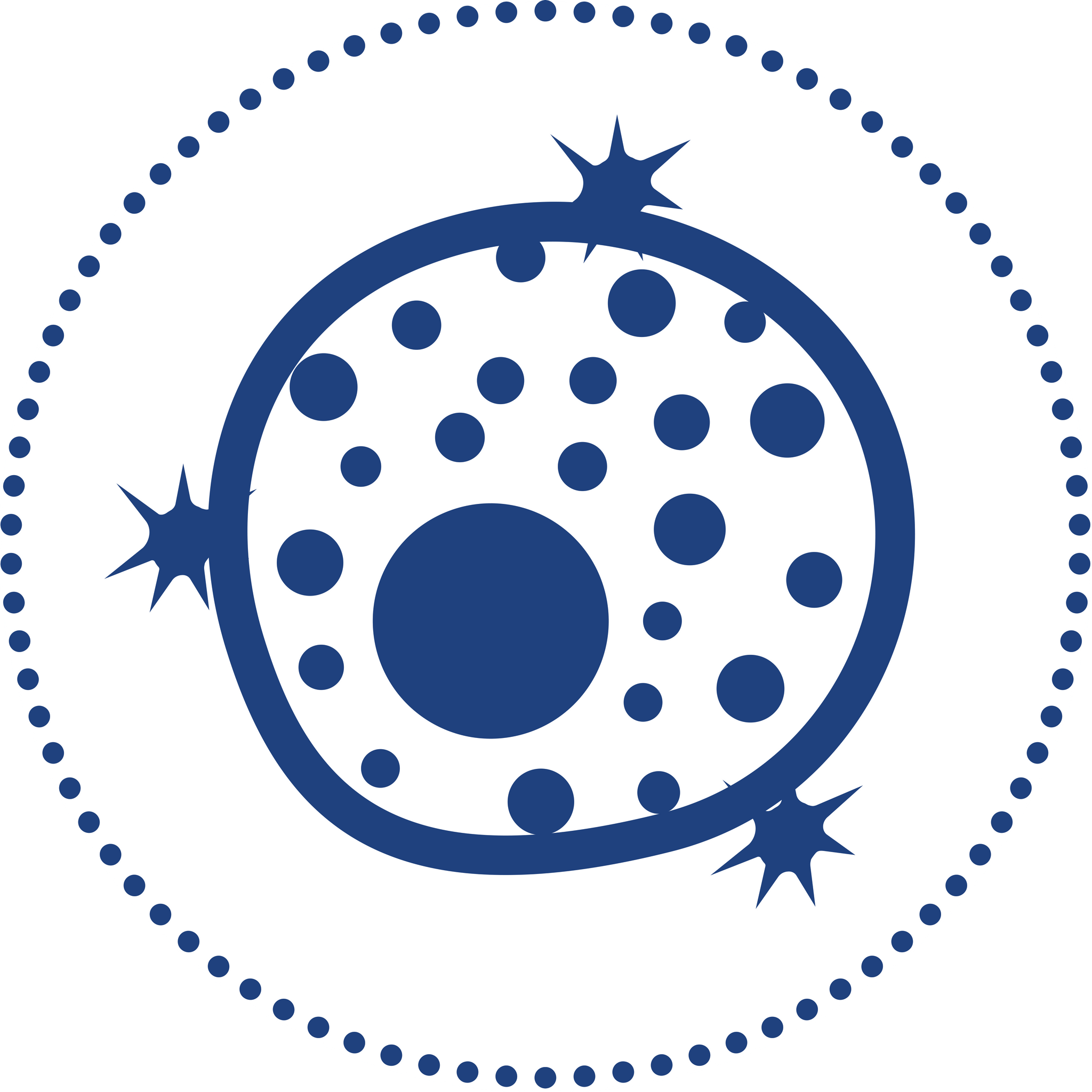
Typically, age determination utilizes one or another molecular facet of ageing, for example, the degree of the damage to cell’s DNA. There is a long history of attempts to determine biological age and quantify the tempo of the process of ageing. Therefore, a positive or a negative difference between biological and chronological age, observed in a given individual, may be interpreted as either speeding up or slowing down the ageing process, thus, providing a measure for an evaluation of one or another anti-ageing intervention. In the frame of this definition, any departure from population-wide standard of aging stems from a combination of environmental and genetic factors that either promote or delay the development and subsequent involution of various physiological systems and their capability to adapt. At best, biological age can be reflected by overall resemblance of an aged individual to an average degree of age-associated changes observed in a given population at given age. The chronological age is most easy to define as it typically can be traced to a birth record, while the quest to ascertain biological age without such a record still remains unattained. The quest for the best definition of biological age started in 1969, with the seminal paper of Comfort. In order to properly evaluate relative efficiency of these interactions, objective measures of attained ageing are necessary. Newly introduced concept of anti-aging interventions enables individuals to actively modify their lifestyles or pharmacologically correct for accumulating biochemical or functional deficits. Hence, adult individual’s rate of ageing depends primarily on lifestyle rather than genes. At later stages of ontogenesis, non-genetic factors, both exogenous and endogenous, gain in importance. Even in case of identical twins, substantial differences in the timing of the onset development of particular aging-associated symptoms are common-place. Throughout the course of life, each of us gradually departs from the health trajectory defined by our individual genome. Measuring aging biologically rather than chronologically provides personalized view to an optimal, rather than “normal” or “typical” health.

Proposed Male and Female Arterial Indices derive biological age from the results of functional tests which do not require specialized laboratory equipment and, therefore, could be performed in hospitals and community health clinics. Notably, in females with chronological and biological ages mismatching by 5 or more years, significant increases in in Framingham CVD scores and lower levels of IGF-1 were observed. Substantially higher differences between the predicted age and the calendar age were noted for patients with Type 2 Diabetes Mellitus (T2D) as compared to non-T2D controls, indicating that the model could serve as a good approximation for an elusive biological age. The Epsilon-accuracies of age-predicting models were at 86.5% and 80% for women and men, respectively.

In our cohort, the age of men was determined with MAE = 6.91 years (adjusted R-squared = 0.55), and the age of women with MAE = 5.87 years (adjusted R 2 = 0.69). In Arterial Indices models, results of carotid artery duplex scan that show the thickness of the intima media complex and quantitatively describe the degree of stenosis are combined with pulse wave velocity and augmentation index measurements performed by applanation tonometry. Using machine learning, we arrived on a set of four predictors, all of which reflect the functioning of the cardiovascular system. We started with developing a model which accurately predicts chronological age. Here we present simple, accurate and cost-efficient techniques for estimation of human biological age, Male and Female Arterial Indices. While many anti-aging interventions have been proposed, clinical investigations into anti-aging medicine are limited by lack of reliable techniques for evaluating the rate of ageing. The decline in functional capacity is unavoidable consequence of the process of aging. 8 Institute of Biology, Komi Science Center of RAS, Syktyvkar 167982, Russia.7 Atlas Biomed Group, Moscow 121069, Russia.6 Federal State Budgetary Institution “Research Centre for Medical Genetics”, Moscow 115478, Russia.5 School of Systems Biology, George Mason University (GMU), Fairfax, VA 22030, USA.4 Moscow Institute of Physics and Technology, Dolgoprudny, Moscow Region 141700, Russia.3 Lomonosov Moscow State University Medical Center, National Center for Preventive Medicine, Moscow 119234, Russia.2 The Russian Clinical Research Center for Gerontology, Moscow 192226, Russia.1 Engelhardt Institute of Molecular Biology of Russian Academy of Sciences, Moscow 119991, Russia.

Markers of arterial health could serve as accurate non-invasive predictors of human biological and chronological age


 0 kommentar(er)
0 kommentar(er)
